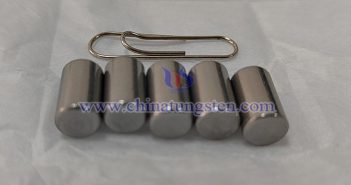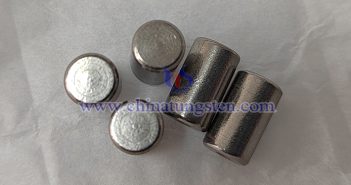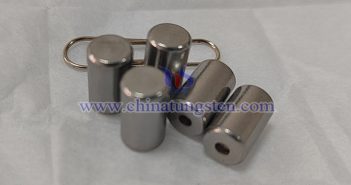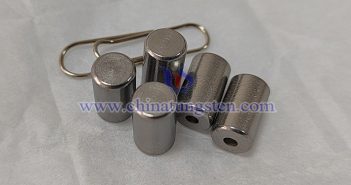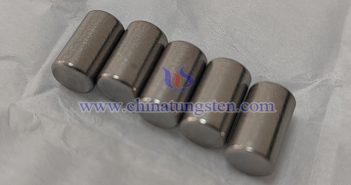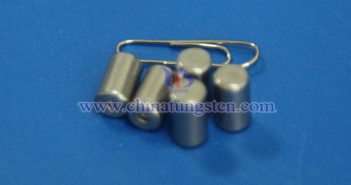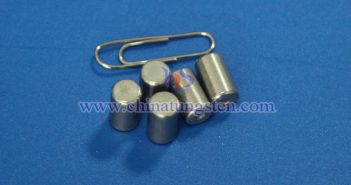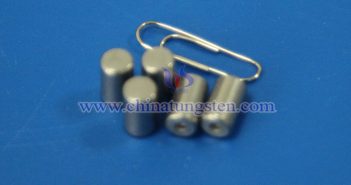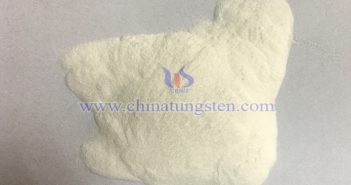
Ammonium metatungstate (AMT), a typical transition metal compound, appears as a white crystalline powder or slightly yellowish powder, with the molecular formula H28N6O41W12 and a density of 2.3-2.8 g/cm3. It has a wide range of applications. In the field of catalysis, AMT excels as a catalyst and support for reactions like hydrogenation and dehydrogenation in petrochemical processes. In functional materials, it is used to prepare tungsten-based energy storage materials and electrochromic materials. AMT is also utilized in producing ultrafine tungsten…

